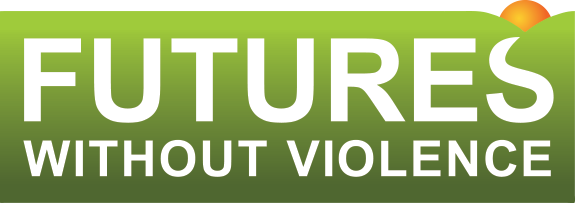What Can I Do?
There are many ways to take action and get involved in your community to help prevent violence against women and children. Here are a few ways to get you started!
1. Be a Changemaker.
There are many ways to become an ambassador in your community and help prevent violence before it starts. Here are a few ideas:
- Teens: Become a That’s Not Cool Ambassador, and help educate your peers about digital dating abuse.
- Coaches: Become part of the Coaching Boys Into Men program and teach your middle- and high school-aged athletes about the importance of respect and non-violence.
- Parents: Hold challenging conversations with the young people in your life – around the dinner table, at a baseball game, or on the morning drive to school – about sexual assault and harassment and cyberbullying. Netflix documentary Audrie & Daisy is a good place to start; here is a discussion guide for parents to use to have these difficult yet crucial discussions.
- Health care professionals: Whether you’re a nurse, a doctor, a social worker, or advocate, we have a variety of resources to educate the community about the health impacts of domestic violence.
- College students: Educate yourself about the prevalence of sexual assault on your campus. Know your rights, and explore clubs and advocacy groups on campus to educate other students about the issue. Consider applying for our Campus Leaders Fellowship program.
- Educators: Use these free lesson plans for talking to your students about sexual assault and harassment and bullying, based off of the Netflix documentary Audrie & Daisy. Also, visit our Start Strong toolkit to implement a school-based program that promotes healthy relationships for middle schoolers.
2. Donate to FUTURES.
Help support our educational, training, and leadership programs that strive to prevent violence for everyone.
3. Learn More About the Movement.
Learn more about the FUTURES’ role in the movement to end violence against women and children. Start by watching our president and founder Esta Soler’s TEDTalk:
4. Explore Our Resources.
Check out our resource database for posters, brochures, toolkits, videos, and more to promote healthy relationships and break the cycle of violence.
5. Get the Facts – and Share.
Learn more about domestic, dating, and sexual violence and its impact on families, communities, and society at large through our fact sheets. Also, share the statistics below via social media.






